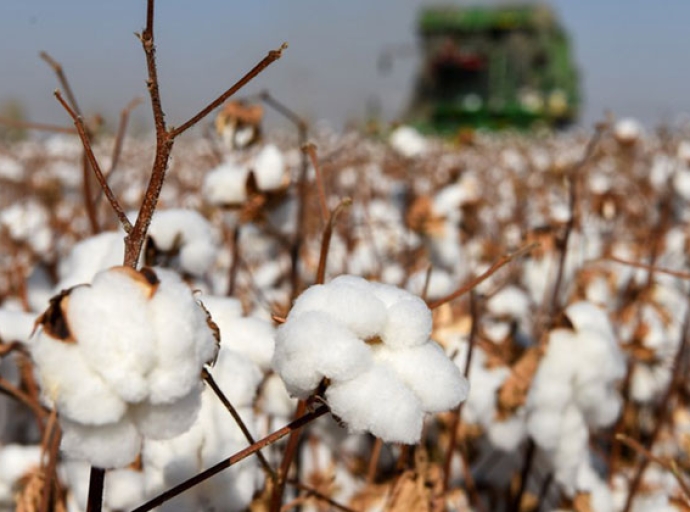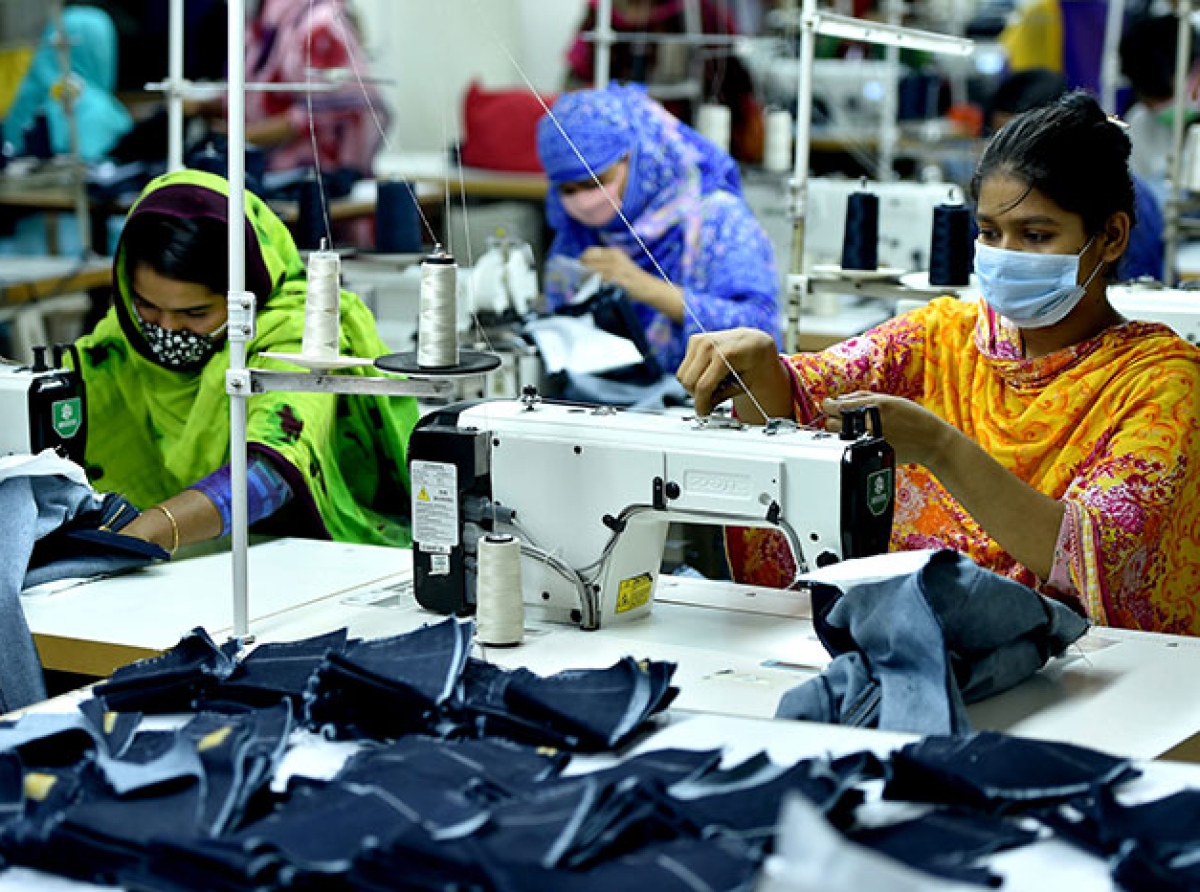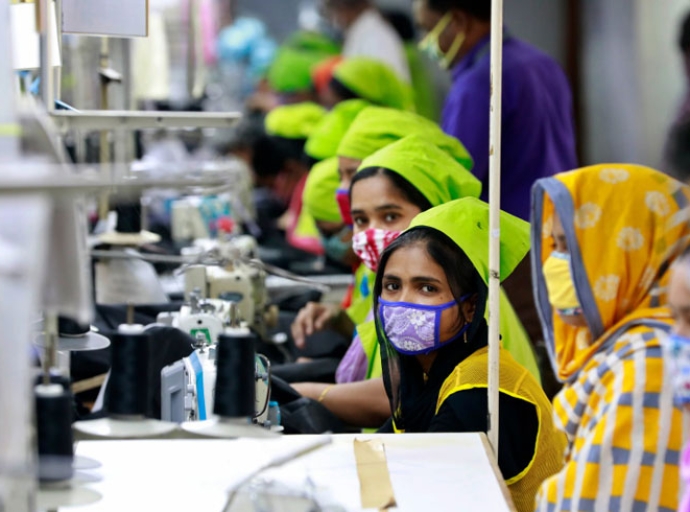07 December 2021,Mumbai:
The organizer of CISMA, having been endeavoring to create a more customer-friendly and far-reaching experience for exhibitors and visitors, and consolidate resources at both the supply-side and demand-side from April on, now presents its painstakingly-devised mobile-based online CISMA show to the public.
Henceforth, our online exhibition will be available through PC and mobile, which updates all the information necessary to exhibitors and visitors. Meanwhile, the advent of live-streaming makes our exhibition services all the more all-embracing.
A wide range of functions in English and Chinese embedded in PC and mobile
CISMA's online exhibition, a feature on CISMA website drawing the most attention from the supply-side and demand-side, through which any enterprise finishing sign-up can showcase all of its relevant information, and effortlessly attach a link to its own website to attract viewers. Even if exhibitors don't own such websites, they can make use of the built-in company profiles available in the online exhibition to promote their products for free.
On mobile, all you have to do is follow our WeChat account CISMAshow, then click the menu at the bottom for access. The mobile version highlights exhibitors' booth numbers, which makes it possible for visitors to readily locate exhibitors with their booth numbers and names. It only takes a click to generate invitation letters on mobile, which can be posted and reposted on WeChat Moments to attract more visitors.
Therefore, exhibitors who haven't completed your booth information are expected to do so as soon as possible.
It takes just one step to complete companies details, which is, visit www.cisma.com.cn, click log-in at the upper right corner, then choose the entry for exhibitors.
Please be aware that any enterprises having applied booth(s) at the physical show can have access to the online exhibition without charge.
Currently, the online exhibition has seen hundred of exhibitors upload characteristic product information in their thousands and counting. Those who have applied for booth(s) at the physical show but have yet to sign up for the online exhibition can contact the organizer through QQ 800111540 for user name and password, and free access to the online show will be expired on December 10, 2021.
It's worthwhile to note that exhibitors have signed up for the online exhibition with limited information shall complete the same to exploit this promotion tool to the full extent.
The live-streaming arrives on a demand-oriented basis
In mid-October, the CISM2021 live-streaming platform passes the internal test and is open to the application (click to submit your application). It signals that CISMA, previously concentrating on the static online display of texts, pictures and videos, has began to develop a dynamic mode enabling real-time interaction and communication, available in English and Chinese as well. To ensure an impressive live-streaming and a reliable system, we advise exhibitors with live-streaming intentions to submit applications before Nov 30, 2021.
The organizer has chosen V-hall to provide technical support for live-streaming. Exhibitors can sign in CISMA2021 live-streaming platform via PC to create the streaming room, then initiate streaming or interact with viewers in real-time by means of a webpage or mobile phone.
It also undertakes functions like RTMP streaming, multi-scenario display, PowerPoint presentation, streaming data management, etc. characterized by reliably high speed.
CISMA (The news article has not been edited by DFU Publications staff)
Dear Reader, we at DFU Publications are committed to providing the latest news updates on trade development and insights, to keep our readers informed. Stay tuned. Subscribe to our newsletter.
DAILY NEWS:
- Flipkart, an Indian e-commerce company, collaborates with PUMA on the ‘1DER' line, which features batsman KL Rahul
- Consumers will determine growth of sustainable fashion e-comm in India
- Myntra to offer 1 mn styles from about 7,000 brands at the 'Big Fashion Festival'
- Maharashtra government honors VIP as 'Best Innerwear Brand' for 2021-22
- Nike strengthens retail presences with new store at DLF Mall of India,Noida


_thumbnail.jpg)

_thumbnail.jpeg)




_thumbnail.jpeg)



_thumbnail.jpeg)





_thumbnail.jpeg)




_thumbnail.jpeg)






















